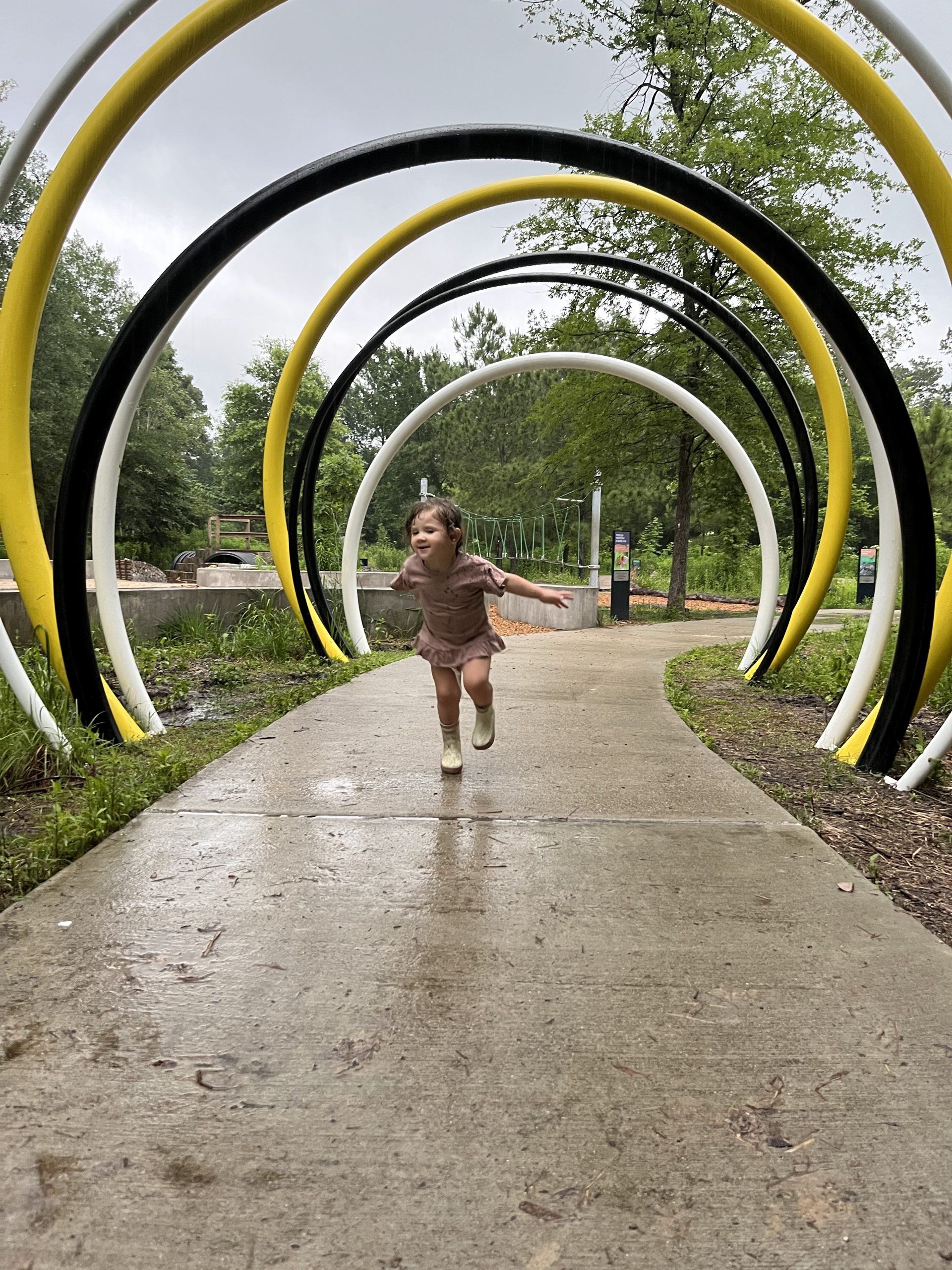Nestled in the heart of Houston, Memorial Park stands as a living tribute to history, nature, and the spirit of community. Spanning over 1,500 acres—twice the size of New York’s Central Park—this urban oasis has evolved from a military training ground into one of the largest and most beloved municipal parks in the United States.
From Battlefield to Green Sanctuary
The story of Memorial Park begins during World War I, when the land was home to Camp Logan, a U.S. Army training camp that prepared over 70,000 soldiers for combat. Tragically, nearly 1,000 soldiers lost their lives, and more than 6,200 were wounded. The camp also witnessed the Houston Riot of 1917, a significant and somber chapter in the city’s history.
After the war, philanthropists Will and Mike Hogg, along with Henry Stude, purchased the land and sold it to the City of Houston at cost. In May 1924, the city officially established Memorial Park to honor the soldiers who trained and served at Camp Logan.
Guardians of the Park
One of the park’s most passionate protectors was Miss Ima Hogg, sister to the Hogg brothers. For over 50 years, she defended the park from encroachments, including proposals for oil drilling and even the construction of the Astrodome. Her efforts ensured that Memorial Park remained a sanctuary for Houstonians.
Development and Conservation
Throughout the decades, Memorial Park gradually expanded its offerings. The Houston Arboretum and Nature Center was established as an educational and wildlife sanctuary. The Seymour Lieberman Exercise Trail, named after the “Father of Jogging,” became a hub for runners, attracting over 10,000 users daily.
In 2000, the Memorial Park Conservancy was formed to oversee the park’s stewardship. This nonprofit organization has since spearheaded numerous revitalization projects, including the Living Bridge, the Alkek Tennis Center, and the Outer Loop Trail.
Master Plan and Modern Transformation
In 2015, the City of Houston approved a long-term Master Plan to restore and enhance Memorial Park’s natural ecosystems and recreational facilities. Collaborating with landscape architects and environmental experts, the Conservancy launched projects like the Clay Family Eastern Glades, which reintroduced native savanna habitats and wetlands.
One of the most ambitious undertakings was the Kinder Land Bridge and Cyvia and Melvyn Wolff Prairie, completed in 2023. This project reconnected the park’s north and south sides, restored endangered Gulf Coast prairie habitats, and created new spaces for both wildlife and visitors.
Honoring the Past, Inspiring the Future
Looking ahead, the Memorial Groves project, slated for completion by 2027, will pay tribute to the soldiers of Camp Logan. This 100-acre area will feature preserved structures, new trees, and interactive memorials that educate visitors about the park’s military origins.
In 2024, Memorial Park celebrated its 100th anniversary with events like “The Biggest Picnic in Houston” and “Live at Live Oak,” aligning with cultural celebrations such as Hispanic Heritage Month and Diwali. A temporary installation, A Century of Stories, offers a self-guided tour through the park’s rich history.
Memorial Park is more than just green space – it’s a living legacy. From its roots in wartime sacrifice to its role as a modern urban sanctuary, the park continues to evolve while honoring the past. Whether you’re jogging the trails, exploring the Arboretum, or simply enjoying a quiet moment under the trees, Memorial Park remains a cherished part of Houston’s identity.


 Facebook
Facebook
 X
X
 Pinterest
Pinterest
 Copy Link
Copy Link
